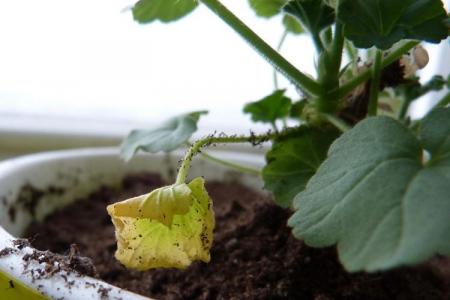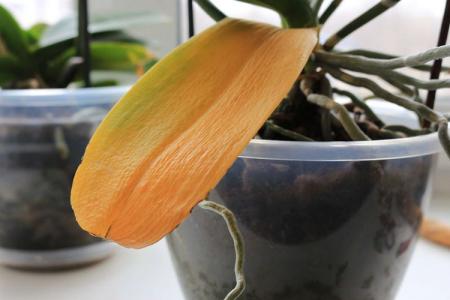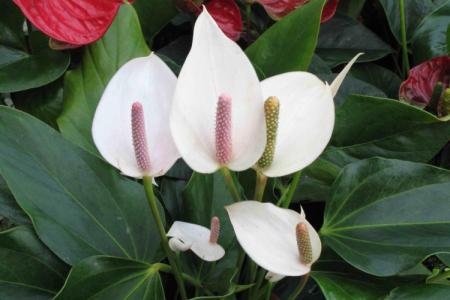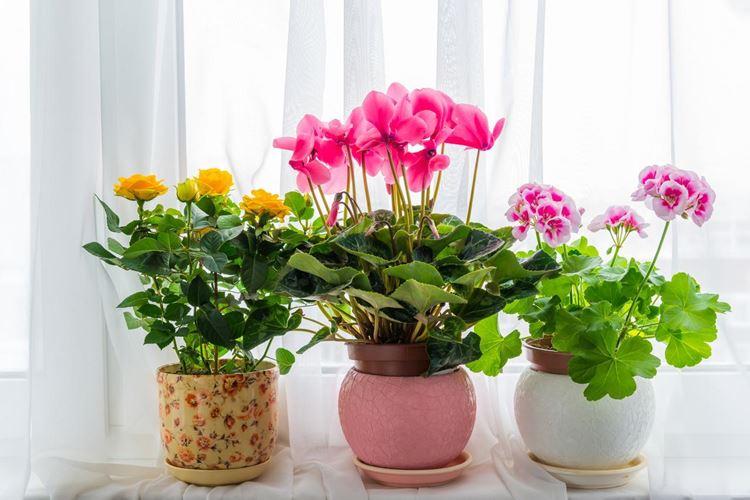
When you plant a green corner at home, the first thing you think about is beauty and freshness. To avoid unpleasant surprises, carefully select the views and neighborhoods according to your conditions. For example, do you know which flowers cannot be kept at home? We just figured it out and are ready to share the photo with the names!
Poisonous indoor plants
It is not just that the saying appeared that beauty is a terrible force. The most delicate and delicate indoor plants can be poisonous. If it is enough to take precautions with some, then it is better to give up others forever!
1. Cyclamen
The poisonous sap of cyclamen works on the same principle as other plants with milky sap. It provokes irritation and severe burns to the mucous membranes. And if it gets into the eyes, it can cause temporary loss of vision.

2. Gloriosa
A tropical vine is prized by flower growers for its property of changing its shade several times. But all of its parts contain a strong poison, which, at high concentration, can even be fatal.
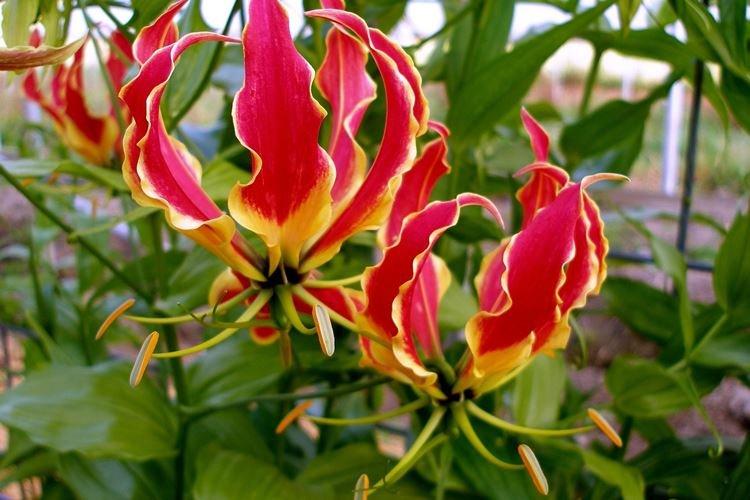
3. Adenium
The exotic African flower has settled in the apartments due to the unusual foliage and lush bloom. In fact, the indigenous people of Africa used some varieties instead of poison for arrowheads.
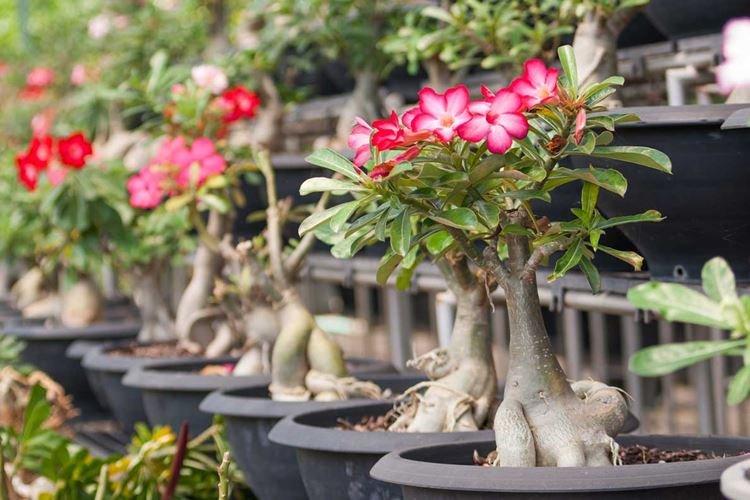
4. Aglaonema
Aglaonema is an ornamental deciduous shrub with a wide variety of variegated varieties. But the juice and fruits of most of them are poisonous, cause swelling, irritation of the mucous membranes and conjunctivitis.

5. Trichocereus
An unpretentious cactus is covered with long sharp spines - but this is by no means its main problem. The enzymes in the pulp of the plant can cause hallucinations, and in high concentrations, paralysis of the central nervous system.

6. Brovallia
This is another plant that many people hold for its beautiful appearance, even without knowing the name. Brovallia is the closest relative of mandrake and belladonna, and is also extremely poisonous.

7. Clivia
The unusual shape and color of the clivia petals instantly attracts the eye during flowering. The huge bouquet is too spectacular, but the juice of its leaves causes paralysis if accidentally taken internally.
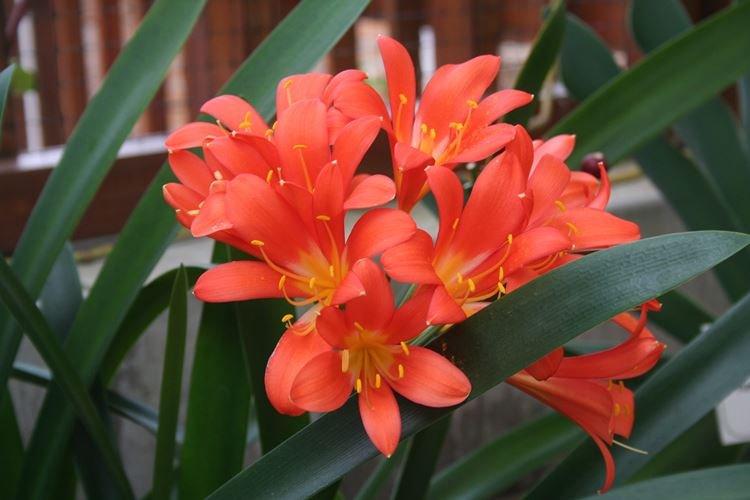
Houseplants that cause allergies
It is very difficult to choose flowers for allergy sufferers, because individual reactions are always unpredictable. But you can minimize the risks and not keep at least the most statistically dangerous species at home!
1. Chamomile
Decorative chamomile cleans the air well, and flowers and buds can be dried for the future. But during pollination, it is the strongest allergen that causes shortness of breath and skin manifestations.

2. Palm
The so-called "male" palms provoke allergies, swelling and increased lacrimation. This is a reaction to pollen that accumulates in mature perianths.
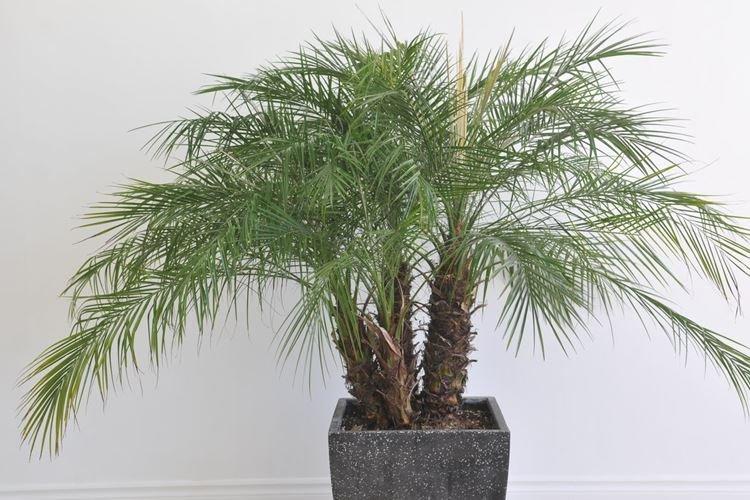
3. Fern
Ferns are loved for their beauty and unpretentiousness, but even this medal has a downside. They multiply by spores that enter the respiratory tract and provoke allergies.

4. Ficus Benjamin
The most popular guest of apartments and offices is also not as simple as we would like. Surprisingly, ficus often provokes reactions in people with latex allergies because they have a similar protein structure.
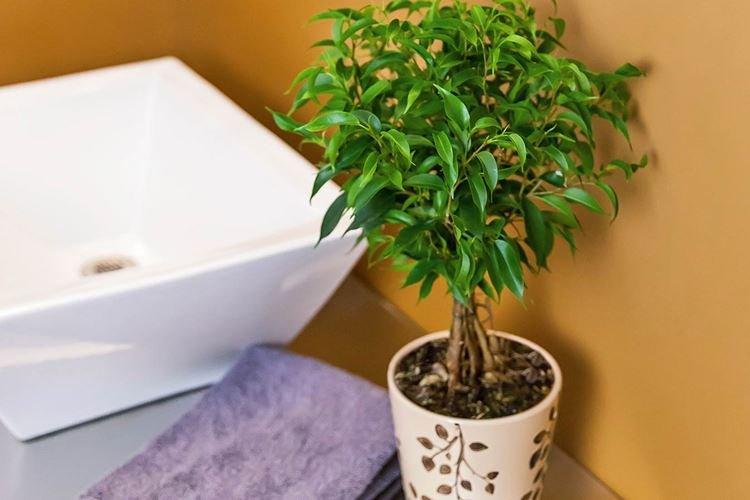
5. Violet
Violet seedlings are dangerous for people with severe dust allergies. The soft, fleecy leaves that we love so much attract and accumulate it especially strongly.

6. Chrysanthemum
Increasingly, flower growers are growing tiny decorative varieties of chrysanthemums in flowerpots. And in vain, because their pollen is a strong allergen, and it also accumulates in a closed room.

7. Abutilon
The spectacular flower, which is also called the home maple, is very loved for its unusual beauty. But in summer, it blooms with large bells, and pollen from them often leads to respiratory problems.

Plants with a strong odor
Some indoor flowers have a strong and pungent scent. It doesn't matter how enjoyable it is, it's still not the best option for a small, enclosed room. At the very least, it is fraught with chronic headaches.
1. Geranium
Geraniums do not even have to bloom, because essential oils are contained in the leaves. They purify and disinfect the air, but give a strong aroma throughout the year.
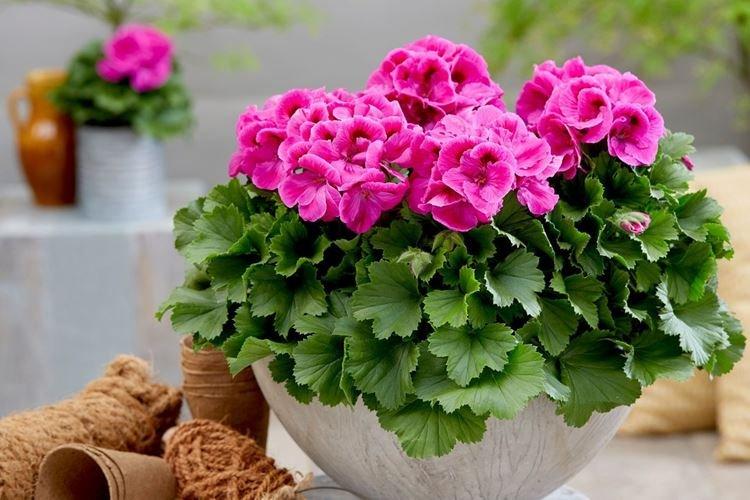
2. Rose
Rose is a familiar bright scent that many people like. But the bushy bushes in the bedroom not only create a romantic atmosphere, but also provoke problems with sleep.
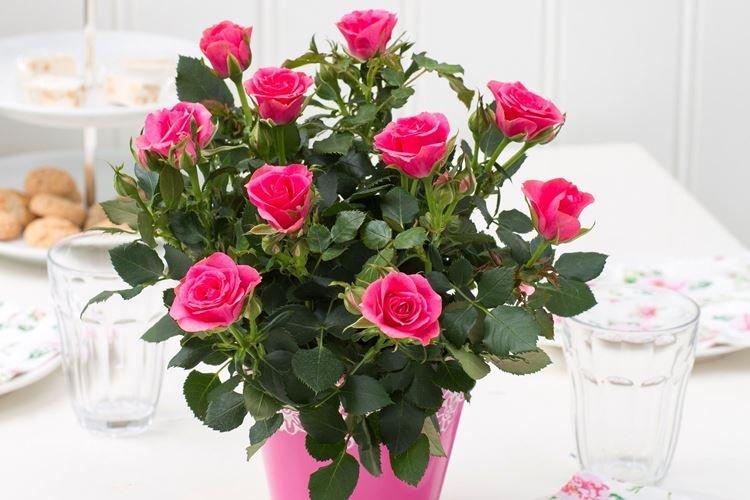
3. Oleander
Many people find the smell of oleander attractive, but that doesn't make it any less pungent. When flowering, the plant throws too many essential substances into the air, which provoke migraines and suffocation.

4. Amazon lily
A beautiful flower with an exquisite tropical scent is quite aggressive. It can cause discomfort and mild nausea in the morning and at night, even if everything seems normal during the day.

5. Myrtle
Myrtle is sure to be among the most popular plants for air purification, but its aroma is notable for its expressive sedative properties. Not the best choice for a workplace where you need to constantly maintain concentration.
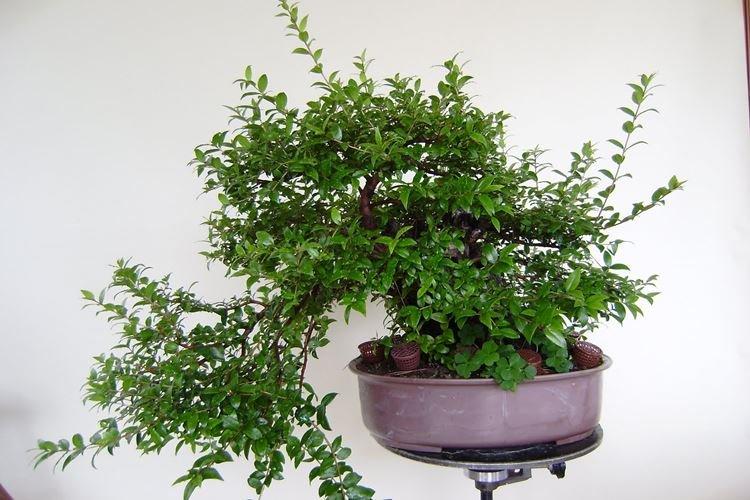
6. Azalea
The smell of azalea is a strong irritant and allergen, and simple ventilation is not enough here. By the way, this also applies to other flowers related to rhododendrons.

7. Kirkazon
The bizarre medicinal plant is often bred for its benefits. But flowers contain alkaloids - a poisonous substance that is best not to inhale at all.
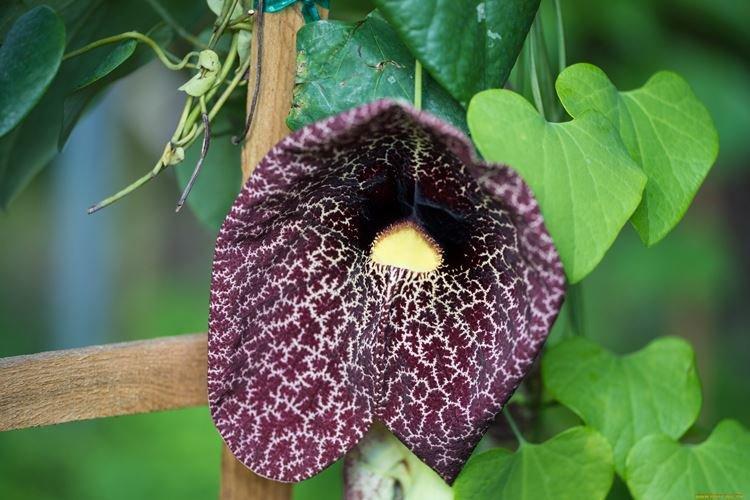
Indoor Plants Dangerous to Children
Choosing flowers for a children's room is a real challenge, because they must be beautiful, safe and preferably useful. Not all indoor plants are suitable for such a responsible task.
1. Euphorbia
Euphorbia resembles a decorative palm tree and children like its large variegated leaves. But its juice and seeds, even in minimal quantities, cause burns and temporary blindness.
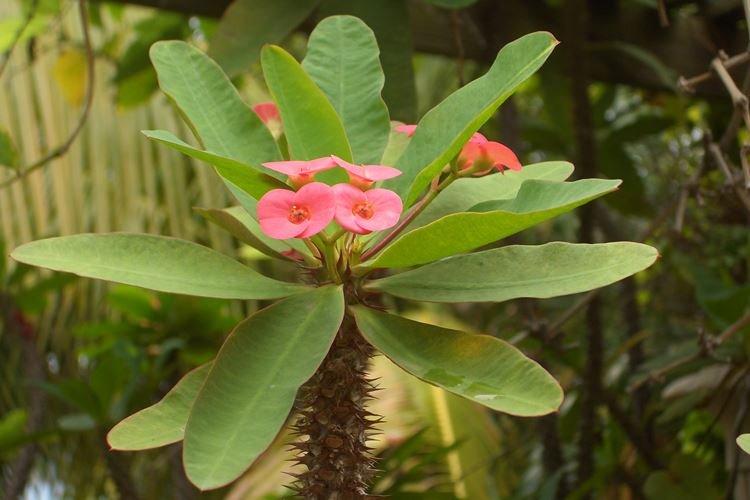
2. Kalanchoe
Our grandmothers also considered medicinal Kalanchoe a panacea for all minor problems and wounds. But at the same time, its juice can provoke serious irritation and swelling, especially when used internally.

3. Primrose
Colorful primrose flowers of all shades of the rainbow leave no one indifferent. But in fact, during flowering, the plant is very poisonous, down to the hairs of the leaves, which children like to touch.

4. Brunfelsia
Behind the fancy name, beautiful delicate flowers with large leaves resembling laurel are hidden. But absolutely all parts of brunfelsia contain poison that is toxic to the nervous system.
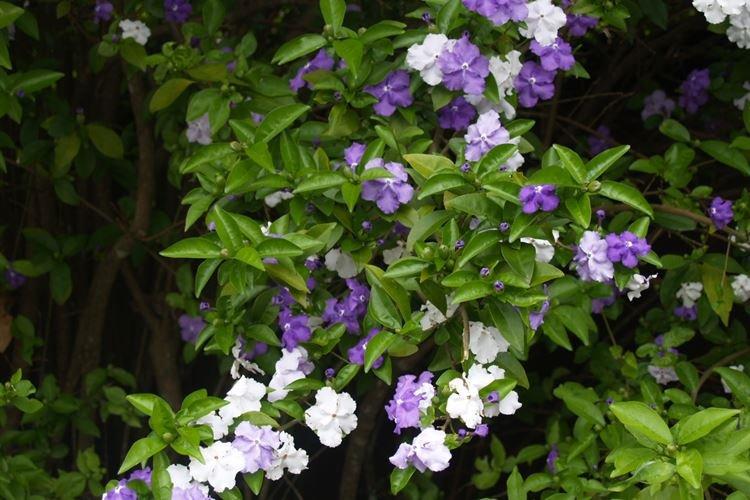
5. Aloe
Because of the healing qualities of aloe, many believe that it a priori is not capable of harm. In real life, applying the pulp and juice of aloe to children's sensitive skin often causes a toxic reaction.

6. Monstera
Monstera with bizarre leaves is a frequent visitor to nurseries, because it is so exciting to imagine yourself in a real jungle. But its juice is very toxic and can lead to serious poisoning and an ambulance call.

7. Pachypodium Lamer
The strange mixture of palm and cactus is popular with children for its uniqueness. But a very poisonous juice is attached to the thick thorns along the entire surface of the trunk.

Plants that are dangerous to pets
If a person can still deliberately not climb to dangerous plants, then there is no way to explain this to pets. There is no guarantee that one day your pet will not taste the leaves or shoots. So it's best to avoid the threat!
1. Hydrangea
The usual decorative hydrangea contains toxins that are dangerous for cats and dogs. It causes severe abdominal pain, digestive tract disorders, and nausea.
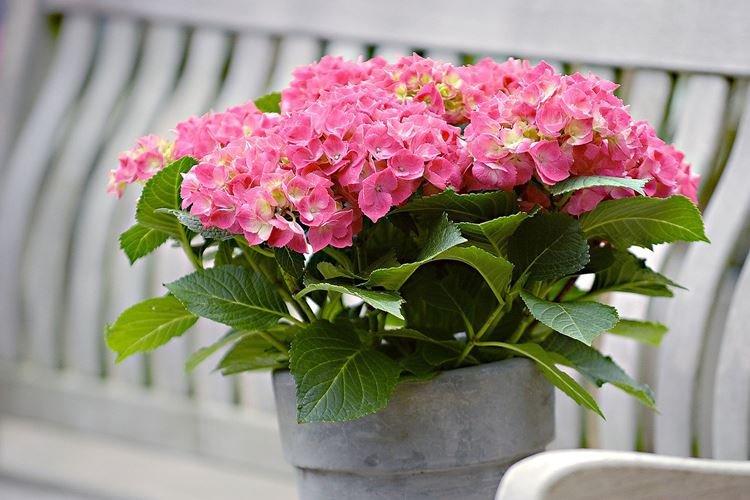
2. Dieffenbachia
Dieffenbachia essential oils are known for their scalding properties and harmful effects on the respiratory system. For humans, their concentration is low, but for animals it is already toxic.

3. Ivy
Ivy sap contains poisonous acid that can burn mucous membranes and interfere with breathing. But the slender long shoots that are so fun to play with attract pets a lot.

4. Decorative pepper
Seedlings of ornamental peppers or other nightshades cause drowsiness and nausea in animals due to alkaloids. At the same time, bright fruits attract the attention of not only cats and dogs, but also birds.

5. Philodendron
A beautiful and unpretentious philodendron with a dense leafy crown also contains toxic sap. Although it is generally considered safe, this applies only to people, but not to animals.
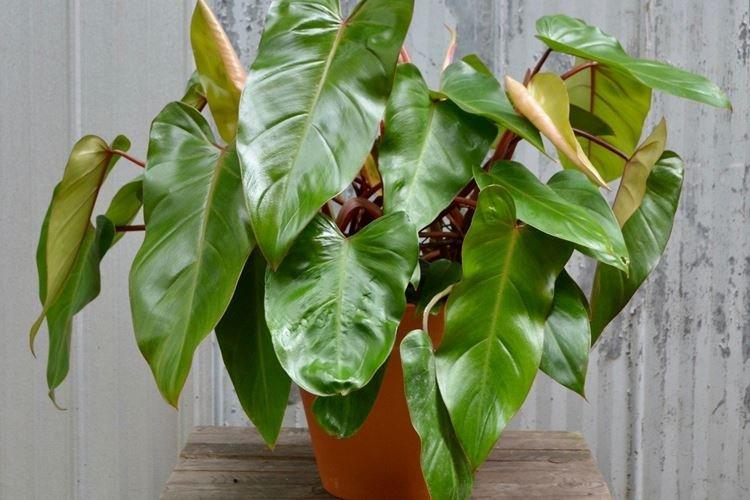
6. Cyperus
Thin long leaves of Cyperus are made for play. But with regular eating, they provoke kidney failure and disorders of the cardiovascular system in pets.

7. Caladium
You have to pay for the colorful ornamental leaves of caladium, and this is especially dangerous for pets. Substances in the pulp of the plant provoke severe inflammation in the mouth and throat.


